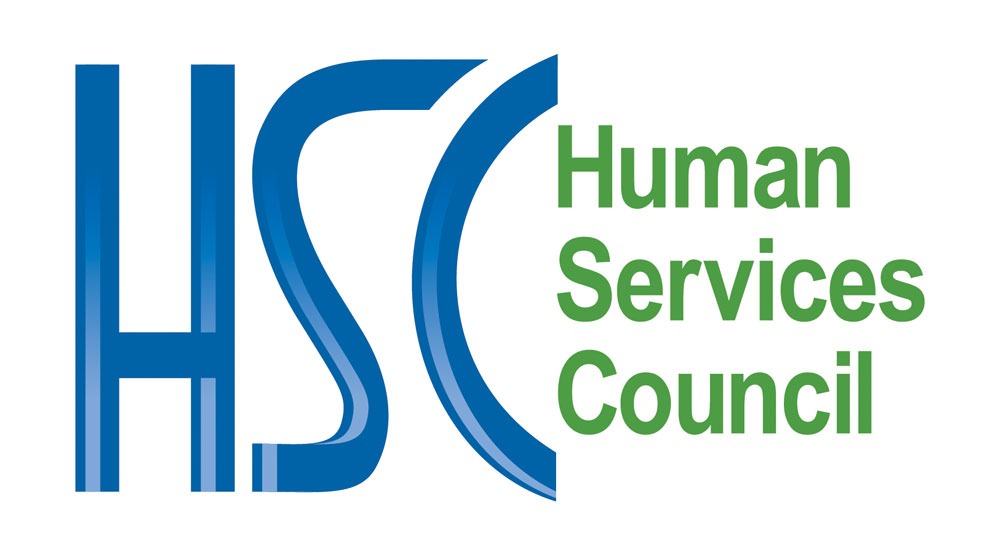
October 20, 2020; Gotham Gazette
Human services, which typically depend on low-margin government contracts for their revenue, have never had it easy. In years past, the Human Services Council (Council), a New York City nonprofit membership organization founded in 1991 that represents over 170 providers, has pointed out many of the absurdities of its field. For instance, two years ago, the group produced a video that imagined a pizza shop that operated as a nonprofit. One of its funding “customers” helpfully suggests, “Just imagine how much more efficient you would be with twenty percent less than what you should be given.” A year later, another video, called The Funder—patterned, of course, after The Bachelor—parodied the foundation courting process.
But the situation facing human service nonprofits in New York is no laughing matter. As NPQ has noted over the past few months, the damage the pandemic has inflicted upon the economy has led to state and local budget shortfalls totaling $500 billion. In June, the state of New York, facing what looks like a $13.3 billion shortfall due to the costs of fighting the COVID-19 pandemic, began to inform nonprofits that contracted payments would be delayed, multi-year contracts might not be fulfilled, and new contracts were on hold. As NPQ’s Ruth McCambridge noted this summer, these contracting problems, which essentially act as government’s cash-flow mechanism, have surfaced in New York before—both in downturns and times of relative stability—with devastating results.
In response, the Council convened a task force this past week to study the consequences of the pandemic and how the human service sector can address these problems and others, through the pandemic and beyond. The group estimates that approximately 1,800 human service nonprofits in New York are at risk of having to shut their doors for good, which could lead 14,000 staff to lose their jobs.
“Human services have been and will continue to be absolutely essential to New York’s recovery from this crisis,” says Michelle Jackson, the Council’s executive director, in a statement. “The sector has stepped up for New Yorkers in a time of crisis, and we will be there to help turn things around. We look forward to putting forward a very clear agenda for our partners in City Hall and Albany so we can work together to craft a smart and effective strategy to stem the tide of this virus and keep New York strong.”
Sign up for our free newsletters
Subscribe to NPQ's newsletters to have our top stories delivered directly to your inbox.
By signing up, you agree to our privacy policy and terms of use, and to receive messages from NPQ and our partners.
The Council’s objective is to be active in New York City’s decision-making regarding budgets, needed services and resources, and programs through the recovery from the pandemic. While the task force collects data, examining the effects of the pandemic, the Council leadership wants to guarantee that the health and human services sector—the clients, and the staff that deliver the services—are a priority in the 2021 elections, including that for the mayor of New York.
The task force is co-chaired by Jamie Rubin, CEO of Meridiam North America, and Fred Shack, CEO of Urban Pathways. Preliminary recommendations should be out in January, with final recommendations released in March, in time for a planned forum in April where the Council will invite mayoral candidates to speak to those issues.
It is important to prepare for the next municipal election cycle, but still, April 2021 seems far away—possibly too far away for some Council members. Rubin and Shack both issued statements as the task force began its work. Rubin says, “We are ready to chart a new path” for the sector. Shack adds, “Turning the corner on COVID-19 must be our city and state’s first priority.”
The statements sound good, but the Council has advocated for more and better managed funding for the sector for years, long before the pandemic. In February 2016, they issued New York Nonprofits in the Aftermath of FEGS: A Call to Action, a 45-page report that demonstrates how human services has operated under financial stress for years, with contracts routinely underfunded by 20 percent. Overhead is not covered, and with city and state contracts reimbursable, organizations have to lay out money knowing they won’t get all their expenses back. The report points out that the organizations that serve the most vulnerable are themselves most vulnerable:
Human services nonprofits have a higher rate of insolvency than other types of nonprofits. Organizations with budgets from $10 million to $49 million are more likely to be in financial distress than those with budgets of less than $1 million, and a significant portion—60 percent—are financially distressed, having no more than three months of cash reserves.
Last year, city comptroller Scott Stringer found that 90 percent of human service contractors in 2018 sent their contracts in for certification after the program start date, due to the city’s intricate red tape, which led to late payments to nonprofits. The staff hours it takes to fill out all the paperwork and reports for public funds are not reimbursable, meaning the nonprofits start the programs in a deficit that only grows. SeaChange Capital Partners, the nonprofit merchant bank, reported that those contract certification delays cost the provider organizations a total of $744 million in fiscal year 2018.—Marian Conway













